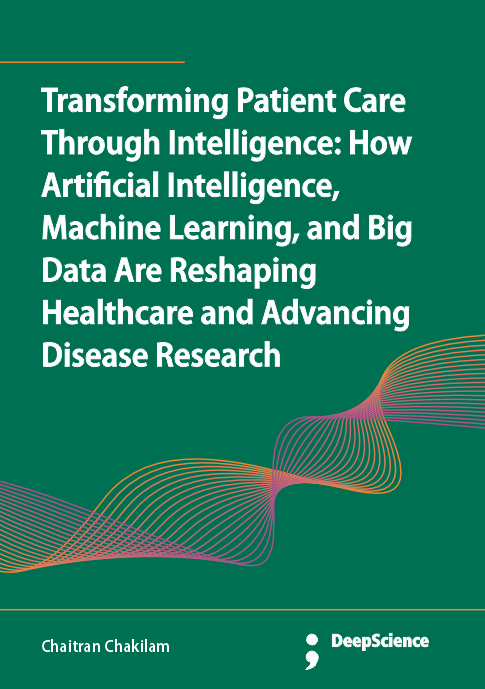Enhancing diagnostic accuracy using artificial intelligence-powered imaging, lab analysis, and real-time monitoring tools
Synopsis
In vitro diagnostics play a critical role in effective early disease detection and in advancing the diagnosis and treatment response. Smart diagnostics is defined as the in vitro diagnostic application of artificial intelligence (AI) and machine learning technology through algorithm development and integration within the domain of IVD to augment its utility. Despite reducing its predictive performance, a significant proportion of the literature suggested that AI-powered algorithms had generally helped improve diagnostic accuracy in studies using imaging, laboratory analysis, or real-time monitoring tools. This paper presents a systematic review of a range of smart diagnostics and assesses the net effect on diagnostics accuracy in the context of method and reporting quality of the literature.
Smart Diagnostics is a new category of commercialized diagnostics tests dependent on immunodetection with fluorescence following the automation robotic microfluidic capture of target proteins, antibodies, or nucleic acids. Such state-of-the-art diagnostics are supplemented with a capillary-action, biochip-style surface with pre-addressed capture zones for all assay components including cytometry wells, wash reagents, and fluorescent imaging wells. The collisional rate of fluorescently labeled detection regions on the sensors measures the analyte concentration. Trimmed means and fits to a Bayesian logistic regression model are used to overcome problems with method development and systems integration, and to enable better estimates of dynamic range parameters. Data are then interpreted in the context of broader results from repeated capture efficiency measurements and other experiments illustrating how the effect of excessive temperature on transmissions affects predictions of signal levels.There are trials of diagnostic devices performed with the artificial design that allows all the device subjects administered in the clinical study as the outcome arm allocation study designs. Considering the large investment in the development of diagnostic devices and the substantial cost of clinical trials, there are these practical and small properties because only a subset of possible tests in a single clinical practice occur. The design does diagnose switching policies among some compartmental imaging tools. An equal overall allocation ratio is maintained, but each imaging tool has a different number of device subjects in a trial. As such, a few imaging tools do no sequential analyses of diagnostic performance on a common set of patients.













